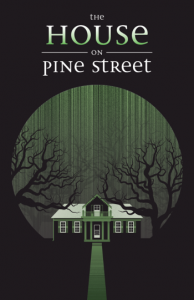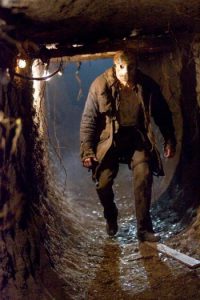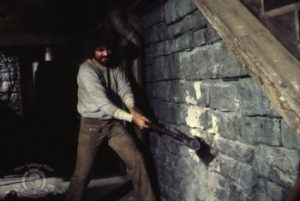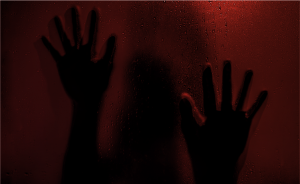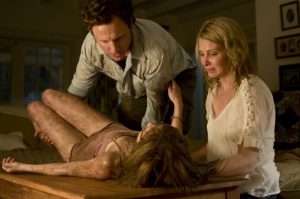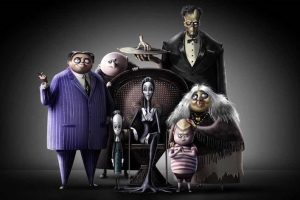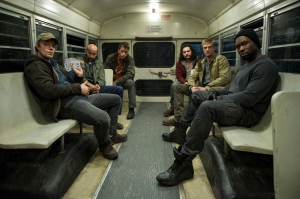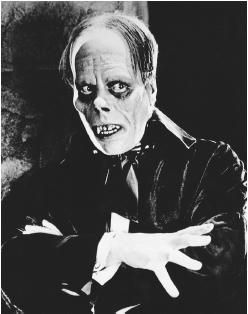
The Phantom of the Opera (1925) Review
 Not too long ago, I reviewed the silent horror classic, “Nosferatu: A Symphony of Horror“, and wound up being in the mood to view a few other of the silent horror films in my collection. The next one I watched was “The Phantom of the Opera”, starring Lon Chaney, Sr, and released in 1925.
Not too long ago, I reviewed the silent horror classic, “Nosferatu: A Symphony of Horror“, and wound up being in the mood to view a few other of the silent horror films in my collection. The next one I watched was “The Phantom of the Opera”, starring Lon Chaney, Sr, and released in 1925.
A mysterious stranger has been threatening the star singer of the Paris Opera House- someone who has signs his letters simply as, “The Phantom”. This stranger wants to clear the way so his protege, Christine Daae can ascend to stardom herself. Soon, her love for the Comte de Chagny collides with The Phantom’s desire for Christine forcing both to take drastic actions in order to be with the one they love.
“The Phantom of the Opera” actually underwent three periods of re-shoots and editing, due to poor reception and test viewings. In 1930, a sound version was created- often assumed to be what is called “The Eastman House Print”. It is this version that is most commonly seen today, due to the amount of wear seen on negatives of the original release.
This is one of those films that has earned a valued place in the annals of horror film history- though mostly for its technical aspects than its storytelling qualities. Now, the story isn’t bad, but the pacing is a little slow, and I did at times find my mind wandering a bit. There really isn’t that much action that happens in this film, so younger horror fans will probably get bored quickly.
The acting was a bit stiff, I found as well, though watching Lon Chaney, Sr was a joy. His style was theatrical, and larger than life- just what you would expect from the almost mythical “Phantom of the Opera”. He gave me a sense of someone who was living an opera himself. He also brought some pathos of his character, despite the cruel things he did to those around him.
And speaking of Lon Chaney, he created and applied the make-up for his role as The Phantom. It was rare for an actor back then (let alone today) to do so, and he became famous for his make-up designs- ultimately earning the nickname, “The Man of a Thousand Faces”. It was reported that when The Phantom’s face is revealed for the first time, people screamed and fainted.
It is acknowledged that of all the representations of “The Phantom”, Lon Chaney, Sr’s make-up most closely resembles the original novel’s description of a man with an almost skeletal face.
This movie is also noteworthy for a scene that features early Technicolor- the Bal Masque scene where The Phantom comes down the stairs dressed as the Red Death, which is another reason why it’s been assumed that the commonly seen version is the “Eastman House Print”. This is a beautiful looking scene, though it’s a bit jarring to go from solid black and white to colour, and then right back to black and white again. If they had tinted other scenes- as was common practice for silent films back then, I don’t think I would’ve felt a sense of dislocation when the Bal Masque scene occurs. There are some nice shots in this film, and the sets are fantastic, but the camera work is almost too simplistic. While I was watching it, I was craving some of the artistry that was present in “Nosferatu“.
“The Phantom of the Opera” has earned a place in horror film history, for good reason- but it’s not a film I would be inclined to re-watch more than once a year.



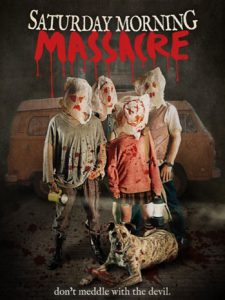
![Love in the Time of Monsters [Review]](https://www.horror-movies.ca/wp-content/uploads/2021/04/Love-in-the-Time-of-Monsters-Poster-350x531-1-198x300.jpg)
![Fantasia 2018: Puppet Master: The Littlest Reich [Review]](https://www.horror-movies.ca/wp-content/uploads/2021/04/PMLR12-UDO-KIER-350x216-1-300x185.jpg)
![[Horror Short Review] Cindy Maples’ Random](https://www.horror-movies.ca/wp-content/uploads/2021/04/Random-Poster-350x524-1-200x300.jpg)
